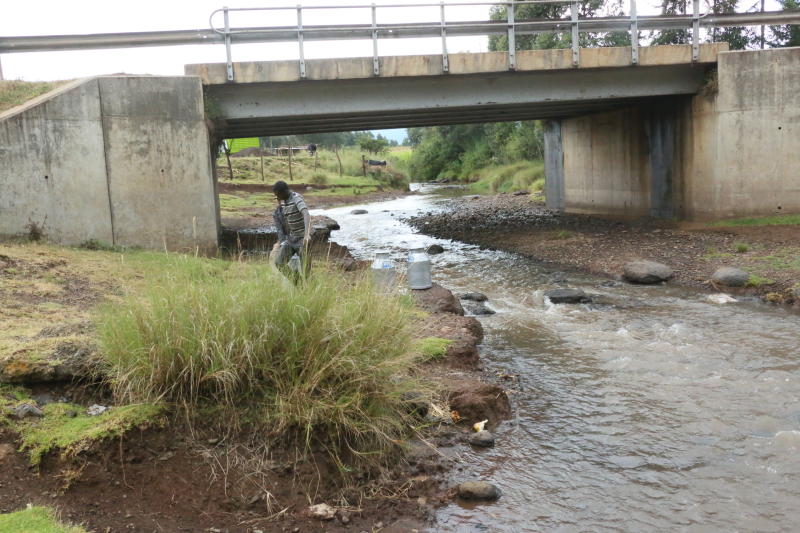×
The Standard e-Paper
Smart Minds Choose Us

For years now, experts have been puzzled by something about River Mutara in Laikipia County.
From its source in the wetlands between Thigio and Subego, Mutara releases at least 15,800 cubic metres of water per minute.